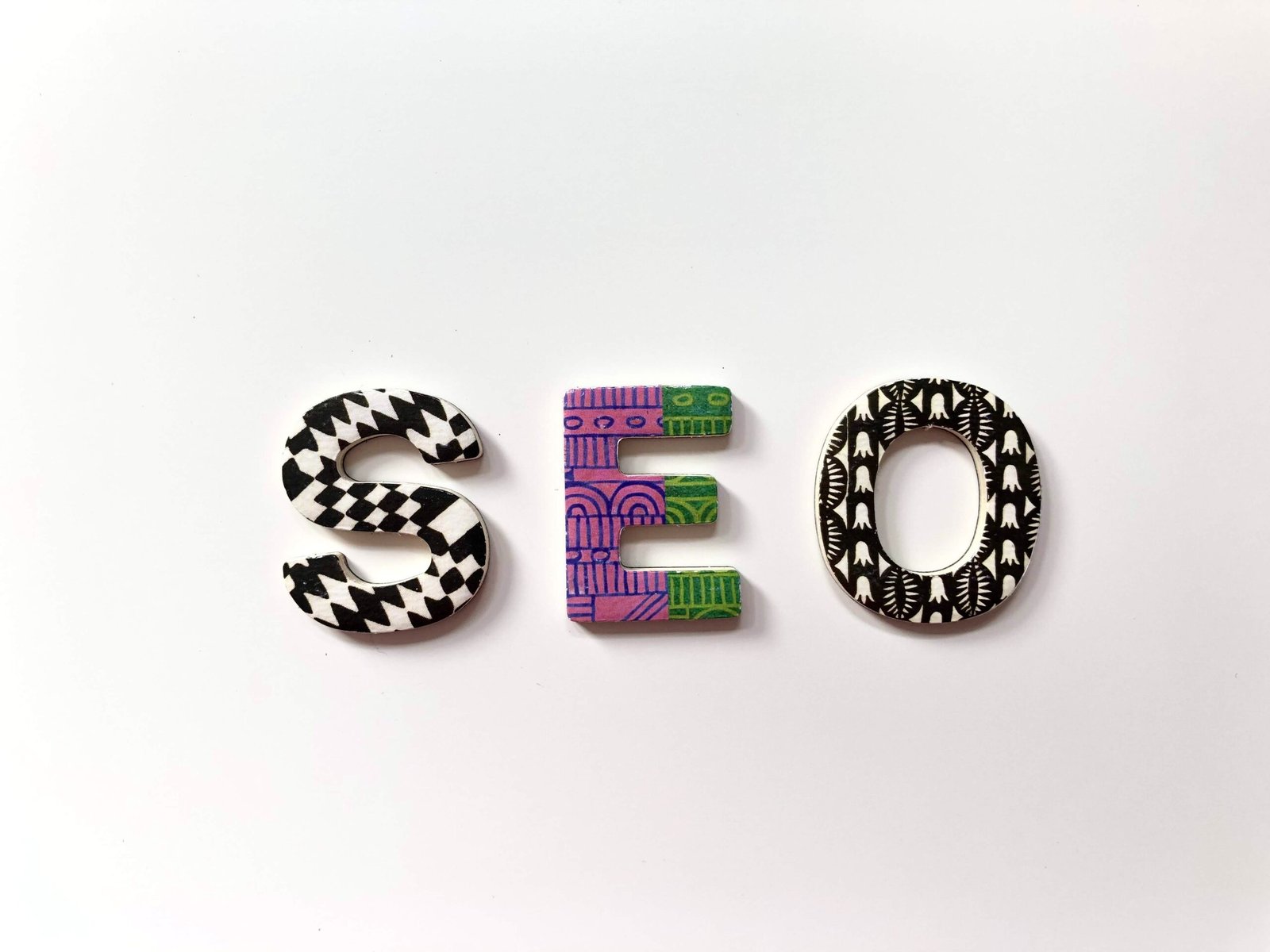Introduction
Search Engine Optimization (SEO) is a constantly evolving field, with Google being at the forefront of shaping its landscape. As the most popular search engine, Google regularly updates its algorithms to provide users with the most relevant and high-quality search results. In this blog post, we will discuss the latest Google SEO update and provide a recap of some of the past updates that have had a significant impact on SEO strategies.
The Latest Google SEO Update
Google’s latest SEO update, which was rolled out in [month/year], aims to improve the overall user experience by prioritizing websites that offer high-quality content and a seamless browsing experience. This update emphasizes the importance of user satisfaction and engagement metrics in determining search rankings.
One of the key aspects of this update is the emphasis on page experience. Google now considers Core Web Vitals as ranking signals, which include factors such as page loading speed, interactivity, and visual stability. Websites that provide a fast and smooth browsing experience are more likely to rank higher in search results.
Additionally, this update also places a greater emphasis on mobile-friendliness. With the majority of internet users accessing the web through mobile devices, Google has made mobile optimization a crucial factor in determining search rankings. Websites that are mobile-friendly, responsive, and provide a seamless experience across different screen sizes are more likely to rank well.
Recap of Past Google SEO Updates
1. Panda
The Panda update, introduced in 2011, aimed to reduce the visibility of low-quality and thin content websites in search results. It focused on penalizing websites with duplicate, plagiarized, or keyword-stuffed content. This update highlighted the importance of creating unique and valuable content for better search rankings.
2. Penguin
The Penguin update, launched in 2012, targeted websites that engaged in manipulative link building practices, such as buying links or participating in link schemes. It aimed to reward websites with high-quality, natural, and relevant backlinks while penalizing those with spammy or unnatural links. This update emphasized the importance of building a strong and authoritative backlink profile.
3. Hummingbird
The Hummingbird update, introduced in 2013, revolutionized the way Google understood search queries. It focused on semantic search, understanding the context and intent behind a user’s search rather than just matching keywords. This update emphasized the importance of creating content that answers users’ queries comprehensively and provides valuable information.
4. RankBrain
RankBrain, launched in 2015, is an artificial intelligence (AI) algorithm that helps Google process and understand search queries better. It uses machine learning to analyze user behavior and improve search results accordingly. This update highlighted the importance of user engagement metrics, such as click-through rates and dwell time, in determining search rankings.
5. BERT
The BERT update, rolled out in 2019, focuses on improving the understanding of natural language processing. It enables Google to better comprehend the context and nuances of search queries, particularly long-tail and conversational queries. This update emphasized the importance of creating content that is relevant, informative, and written in a natural language style.
Conclusion
Staying up-to-date with Google’s SEO updates is essential for any website owner or digital marketer. The latest update emphasizes the importance of page experience and mobile-friendliness, while the past updates have focused on content quality, backlinks, semantic search, user engagement, and natural language processing. By understanding and adapting to these updates, you can enhance your website’s visibility and improve its rankings in Google search results.
